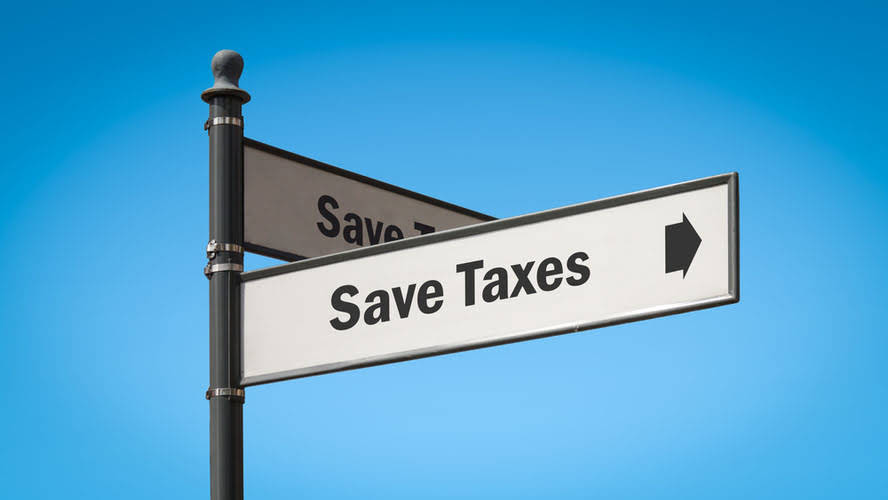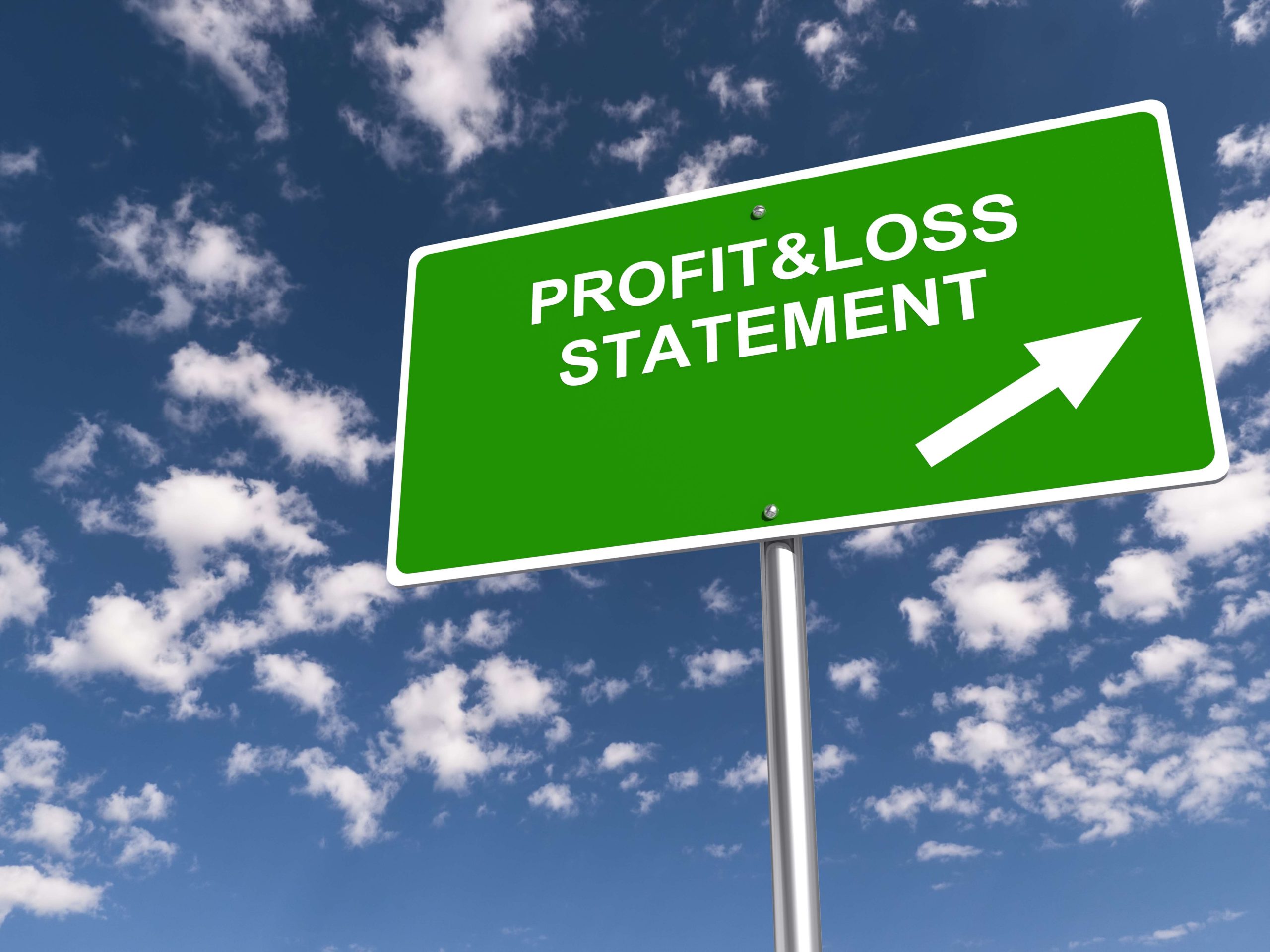Content

You would move $5,000 from the cash and cash equivalents line of the balance sheet to the property, plant, and equipment line of the balance sheet. If an asset has a useful life of 5 years, then one-fifth of its depreciable cost is depreciated each year. This content is for information purposes only and should not be considered legal, accounting or tax advice, or a substitute for obtaining such advice specific to your business. No assurance is given that the information is comprehensive in its coverage or that it is suitable in dealing with a customer’s particular situation.
Suppose, an asset has original cost $70,000, salvage value $10,000, and is expected to produce 6,000 units. Depletion and amortization are similar concepts for natural resources and intangible assets, respectively. Existing accounting rules allow for a maximum useful straight line depreciation life of five years for computers, but your business has upgraded its hardware every three years in the past. You think three years is a more realistic estimate of its useful life because you know you’re likely going to dispose of the computer at that time.
However, in cases wherein the initial years the cost of repairs is low and will increase in the following years, the straight-line method will increase the charge on profit. Work out the initial purchase price or acquisition cost of the fixed asset. The straight-line depreciation method is the most convenient and commonly used, and it results in a few calculation errors only.
Presentation In Income Statement And Balance Sheet
Straight-line depreciation can be recorded as a debit to the depreciation expense account. Accumulated depreciation is a contra asset account, so it is paired with and reduces the fixed asset account. It represents the depreciation expense evenly over the estimated full life of a fixed asset. You can use a basic straight-line depreciation formula to calculate this, too.
Is Straight-line depreciation mid month?
Mid-month: Mid-month charges a full month’s worth of depreciation in the asset’s first month of life if the Date in service is before the 16th. …
In a nutshell, the depreciation method used depends on the nature of the assets in question, as well as the company’s preference. Applicant Tracking Choosing the best applicant tracking system is crucial to having a smooth recruitment process that saves you time and money. Appointment Scheduling Taking into consideration things such as user-friendliness and customizability, we’ve rounded up our 10 favorite appointment schedulers, fit for a variety of business needs. CMS A content management system software allows you to publish content, create a user-friendly web experience, and manage your audience lifecycle.
Calculation Of Straight Line Depreciation
An accelerated depreciation method that results in a high depreciation expense in the early years, followed by gradually decreasing depreciation expenses in subsequent years. To find the double-declining balance, multiply 2 by the straight line depreciation percentage and by the book value at the beginning of the period. You’d use this method for property that depreciates faster in its first few years of use, such as a company vehicle.
- In addition, this gain above the depreciated value would be recognized as ordinary income by the tax office.
- The result, not surprisingly, will equal the total depreciation per year again.
- This method can be used to depreciate assets where variation in usage is an important factor, such as cars based on miles driven or photocopiers on copies made.
- This is known as accumulated depreciation, which effectively reduces the carrying value of the asset.
- Moreover, the straight line basis does not factor in the accelerated loss of an asset’s value in the short-term, nor the likelihood that it will cost more to maintain as it gets older.
- Let’s say you own a small business and you decide you want to buy a new computer server at a cost of $5,000.
However, this depreciation method isn’t always the most accurate, especially if an asset doesn’t have a set pattern of use over time. This means items like computers and tablets often depreciate much quicker in their early useful life while tapering off later on in their useful life. Once you know the yearly depreciation rate, you can simply subtract the depreciation value from the purchase price each year to determine the asset’s current value at any point in time. Now, $ 1000 will be charged to the income statement as a depreciation expense for 8 continuous years. Although, all the amount is paid for the machine at the time of purchase, however, the expense is charged over a period of time. Another potential downside of using the straight-line depreciation method is that it does not take into account the accelerated loss of an asset’s worth over a shorter period of time.
Disadvantage Of Straight Line Depreciation
The depreciation charge on the vehicle will be $2900 every year for 10 years. Designed for freelancers and small business owners, Debitoor invoicing software makes it quick and easy to issue professional invoices and manage your business finances. Whenever you create a new expense with Debitoor invoicing software, you will be given the option of marking it as an asset. If you mark the expense as an asset, you will then be prompted to enter an estimated useful live and residual value.
For example, a design engineer might purchase a new computer and estimate that the computer will be useful in the business for only 2 years . At the same time, an accountant might purchase a similar computer and estimate that it will be useful in the accounting business for 4 years.

When creating an income statement, you’ll debit your depreciation expenses, while creating a credit for an asset called the accumulated depreciation. The straight-line depreciation method can help you find an asset’s book value when you subtract depreciation from an asset. A double-declining balance method is a form of accelerated depreciation. It means that the asset will be depreciated faster than with the straight-line method. The double-declining balance method results in higher depreciation expenses at the beginning of an asset’s life and lower depreciation expenses later.
Retiring Assets
The units of production method are based on an asset’s usage, activity, or units of goods produced. Therefore, depreciation would be higher in periods of high usage and lower in periods of low usage. This method can be used to depreciate assets where variation in usage is an important factor, such as cars based on miles driven or photocopiers on copies made.
Also known as straight line depreciation, it is the simplest way to work out the loss of value of an asset over time. The straight-line depreciation method makes it easy for you to calculate the expense of any fixed asset in your business. With straight-line depreciation, you can reduce the value of a tangible asset. The next step in the calculation is simple, but you have to subtract the salvage value. The straight-line method is the most straightforward approach to calculating depreciation or amortisation. Whilst there are several other depreciation methods, the straight-line approach is the easiest to understand and is suitable for the needs of small businesses and freelancers.
Declining Balance Method Definition – Accounting – Investopedia
Declining Balance Method Definition – Accounting.
Posted: Sat, 25 Mar 2017 17:36:16 GMT [source]
Assets are expensive items that are purchased for the business that are expected to last multiple years. Examples of expenses would be items such as office supplies and monthly costs like rent and utilities. By estimating depreciation, companies can spread the cost of an asset over several years.
Business Checking Accounts
This accounting tutorial teaches the Straight-line method of depreciation. We define the method, show how to depreciate an asset using the Straight-line method, and show the accounting transactions involved. To help you calculate the loss of value of a business asset, we’ve created this guide to help you understand and calculate straight-line depreciation.
- In determining the net income from an activity, the receipts from the activity must be reduced by appropriate costs.
- With the double-declining balance method, an asset loses more value in the early years of its useful life.
- There are generally accepted depreciation estimates for most major asset types that provide some constraint.
- When you access this website or use any of our mobile applications we may automatically collect information such as standard details and identifiers for statistics or marketing purposes.
Over the useful life of an asset, the value of an asset should depreciate to its salvage value. Therefore, Company A would depreciate the machine at the amount of $16,000 annually for 5 years. The IRS updates IRS Publication 946 if you want a complete list of all assets and published useful lives.
To find the depreciation expense using the deprecation rate, multiply the depreciable base by the depreciation rate. It also expenses the same amount of money for each accounting period, making it easy to keep track of and incorporate into accounting records.
The easiest way to determine the useful life of an asset is to refer to the IRS tables, which are found in Publication 946, referenced above. Calculating straight line depreciation is a five-step process, with a sixth step added if you’re expensing depreciation monthly. Looking for the best tips, tricks, and guides to help you accelerate your business? Use our research library below to get actionable, first-hand advice. Best Of We’ve tested, evaluated and curated the best software solutions for your specific business needs. Construction Management CoConstruct CoConstruct is easy-to-use yet feature-packed software for home builders and remodelers.
Straight-line depreciation is a simple method for calculating how much a particular fixed asset depreciates over time. As buildings, tools and equipment wear out over time, they depreciate in value. Being able to calculate depreciation is crucial for writing off the cost of expensive purchases, and for doing your taxes properly. To calculate depreciation using a straight line basis, simply divide net price by the number of useful years of life the asset has.
We use this method when we do not know the asset’s consumption pattern over a specific time. Calculating depreciation to help you determine your business assets’ value. Costs of assets consumed in producing goods are treated as cost of goods sold. Other costs of assets consumed in providing services or conducting business are an expense reducing income in the period of consumption under the matching principle.

Below, we’ve provided you with some straight line depreciation examples. This means Sara will depreciate her copier at a rate of 20% per year.
The rules of some countries specify lives and methods to be used for particular types of assets. However, in most countries the life is based on business experience, and the method may be chosen from one of several acceptable methods.

The straight-line method of depreciation isn’t the only way businesses can calculate the value of their depreciable assets. While the straight-line method is the easiest to use, sometimes companies may need a more accurate method. Below are a few other methods one can use to calculate depreciation.
GAAP is a collection of accounting standards that set rules for how financial statements are prepared. It’s based on long-standing conventions, objectives and concepts addressing recognition, presentation, disclosure, and measurement of information. Two less-commonly used methods of depreciation are Units-of-Production and Sum-of-the-years’ digits. We discuss these briefly in the last section of our Beginners Guide to Depreciation. After an asset has been fully depreciated, it can remain in use as long as it is needed and is in good working order. To learn how to handle the retiring of assets, please see last section of our tutorial Beginner’s Guide to Depreciation. With these numbers on hand, you’ll be able to use the straight-line depreciation formula to determine the amount of depreciation for an asset.
Accelerated depreciation (i.e. Units of Production depreciation in place of straight-line), combined with increased debt ratios or securitization, would allow for a reduction in gas sales without a dramatic increases in gas delivery charges. i.e. a more orderly decapitalization.
— Bob Wyman for Congress (NY CD-10) (@bobwyman) December 20, 2021
Most income tax systems allow a tax deduction for recovery of the cost of assets used in a business or for the production of income. Where the assets are consumed currently, the cost may be deducted currently as an expense or treated as part of cost of goods sold. The cost of assets not currently consumed generally must be deferred and recovered over time, such as through depreciation. Some systems permit the full deduction of the cost, at least in part, in the year the assets are acquired. Other systems allow depreciation expense over some life using some depreciation method or percentage.
One such cost is the cost of assets used but not immediately consumed in the activity. Depreciation is any method of allocating such net cost to those periods in which the organization is expected to benefit from the use of the asset. Depreciation is a process of deducting the cost of an asset over its useful life. Assets are sorted into different classes and each has its own useful life. Depreciation is technically a method of allocation, not valuation, even though it determines the value placed on the asset in the balance sheet. There are three other widely-accepted depreciation methods or formulas. An accelerated depreciation method that is commonly used is Double-declining balance.
